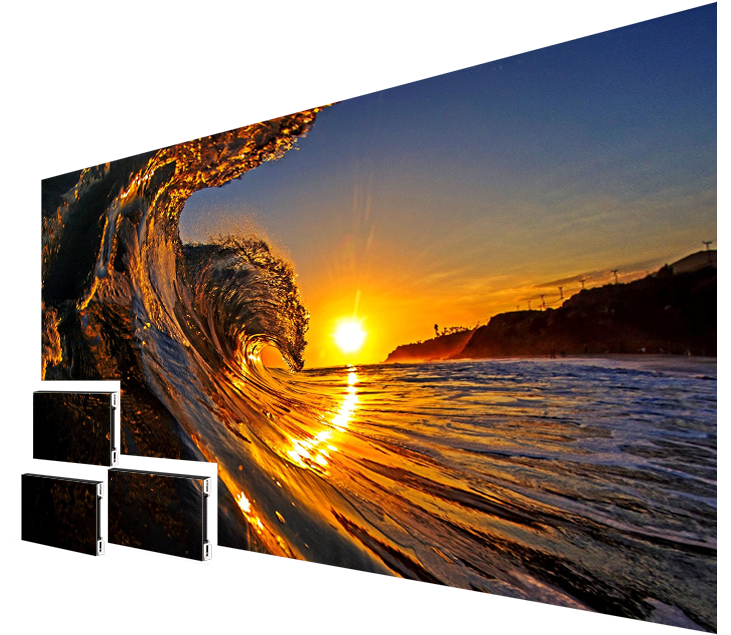Exploring the Crucial Factors That Affect Color Consistency in Light Emitting Diode Wall Screens for Optimal Visual Output
Exploring the Crucial Factors That Affect Color Consistency in Light Emitting Diode Wall Screens for Optimal Visual Output
Blog Article
Hue consistency in light-emitting diode wall panels is essential for attaining optimal visual performance. light-emitting diode wall screens are commonly used in various environments, including musical events, conferences, and advertising displays. When the hues on these screens are uniform, they create a more captivating and enveloping experience for viewers. Several key factors affect hue uniformity, including the quality of the LED components, tuning procedures, and surrounding factors.
The caliber of the LED components plays a significant role in color uniformity. Different types of LEDs produce light at different frequencies, which can influence the overall color output. High-quality light-emitting diodes are designed to produce a more uniform light spectrum, resulting in improved hue accuracy. Additionally, the production method of these light-emitting diodes can impact their performance. Panels made with superior materials and technology tend to have fewer color differences, ensuring that the displayed images and footage look vibrant and faithful to reality.
Tuning is another essential element in maintaining hue uniformity in LED wall screens. Tuning entails modifying over at this website the configurations of the panel to ensure that the colors shown align the desired design. This process can consist of fine-tuning luminosity, contrast, and hue balance. Regular tuning is essential, especially in settings where lighting conditions change often. By tuning the panels, technicians can fix any inconsistencies in color result, resulting to a more uniform observing experience.
Environmental factors also affect color consistency in light-emitting diode wall screens. Factors such as ambient light, heat, and moisture can affect how colors are seen. For instance, bright surrounding light can dull colors, making them appear more lively. Similarly, extreme heat can influence the functionality of the LEDs, leading to hue shifts. To mitigate these issues, it is essential to install LED wall screens in managed settings where lighting and temperature can be managed efficiently.
Finally, the design and layout of the light-emitting diode wall screens can affect color consistency. The arrangement of the screens, as well as the distance from which they are viewed, can create variations in color recognition. When screens are arranged too distant apart or at different angles, audiences may detect inconsistencies in color. To obtain the optimal optical output, it is important to consider the placement and alignment of the panels during setup. By addressing these factors, users can ensure that their LED wall screens provide a uniform and high-quality visual experience.